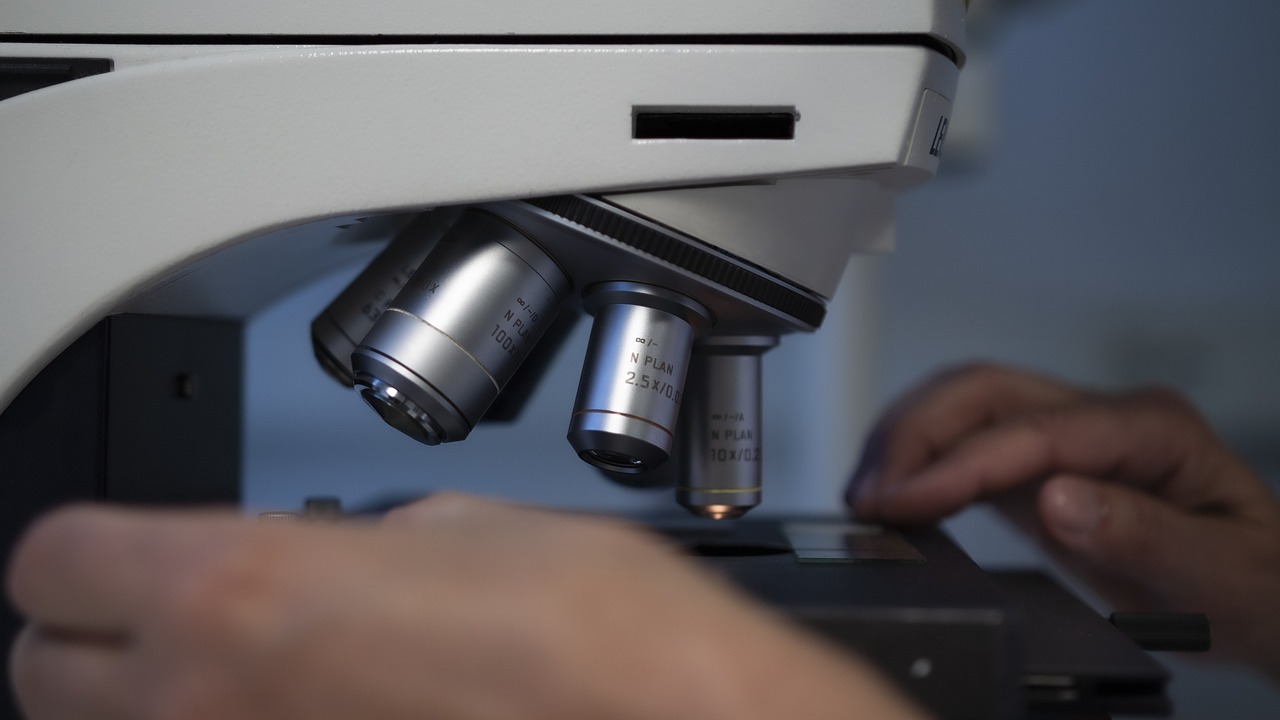-
-
Building 5,18 Yueluo Road, Yuepu Town, Baoshan District, Shanghai, China
Call Anytime
+86 131 2053 3622Is the absorption of creatine monohydrate truly as poor as commonly perceived?
In fact, most studies indicate that the absorption rate of creatine monohydrate is not particularly low. The reason why muscle creatine saturation can only be achieved during the loading phase is not due to an exceptionally low absorption rate of creatine monohydrate but rather because the more creatine consumed, the greater the amount excreted. It is inherently impossible for muscles to absorb large quantities of creatine within a short period.
The excretion rate of creatine gradually increases with both the amount and duration of use. Moreover, it also rises in tandem with the increase in muscle creatine reserves. According to Harris's research report, during the first three days of oral creatine administration, renal excretion accounted for 40%, 60%, and 68% of the total dosage, respectively. This demonstrates that creatine monohydrate is indeed absorbed into the bloodstream, though a significant portion is subsequently excreted via urine due to limited muscle uptake capacity.
The fact that creatine monohydrate can be excreted through the kidneys confirms its absorption into the bloodstream. However, a large quantity of creatine cannot be effectively taken up by muscles and is thus directly excreted in urine. Most studies suggest that creatine enters muscles through a specific transport mechanism, which limits the rate at which creatine is transported into muscle tissue. Even if newer forms of creatine are better absorbed, they can only enter the bloodstream in larger quantities; their entry into muscles follows the same process as creatine monohydrate, thereby still being constrained by the muscle uptake rate.
Therefore, the claim that creatine monohydrate is largely destroyed by gastric acid and poorly absorbed is inaccurate. The usage protocol during the loading phase is based on creatine's excretion pattern rather than absorption inefficiency. During the maintenance phase following the loading phase, a daily intake of at least 2 grams of creatine can be sustained, as the body degrades approximately 2 grams of creatine per day. This further underscores that the absorption rate of creatine monohydrate is not exceedingly low.
In principle, some newer forms of creatine may indeed exhibit higher absorption rates compared to creatine monohydrate. However, the extent to which this impacts overall creatine utilization remains unclear and requires further research. It is unwarranted to unduly diminish the absorption efficiency of creatine monohydrate merely to promote alternative forms, as such an approach lacks objectivity.





